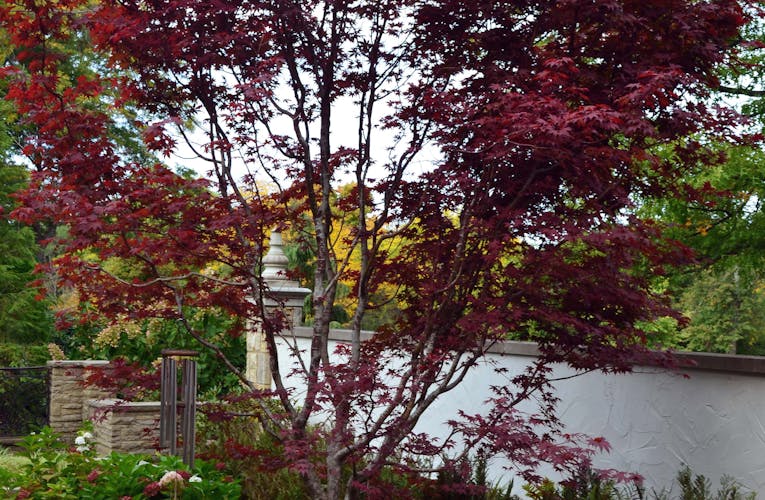Many people think of autumn as the end of the growing season. But as fall approaches, there are several tips a homeowner should take to prolong the growing season and ensure a picturesque garden the following spring. Here are some autumn-time suggestions from The Pattie Group, Inc.
Assess your current plantings – Take a walk through your landscaped areas. Evaluate which plants flourished throughout the growing season and which did not. Identify flowers or plants that may need to be moved, divided, or transplanted. Take notice of bare or natural areas that could benefit from soil amendments, new mulch, or plantings. Watch for signs of diseases, pest problems, or damage. Recognize plants which are not hardy to the zone and plan to remove them shortly after the first frost. Maintain current plantings by eliminating weeds, deadheading faded blooms, dividing overgrown plants, digging up non-hardy bulbs for winter storage, removing spent annuals, amending soil, and adding needed mulch.
Blog

Fall Landscaping Tips Ensure a Beautiful Spring
Transplant and plant anew – In our zone, planting and transplanting of fall flowers (such as mums) and perennials should take place from September through October. Some perennials such as peonies and Oriental poppies actually prefer fall planting and transplanting. Achillea (yarrow), Artemesia, Astilbe, Campanula (Bellflower), Daylilies, Dianthus (pinks), Gaillardia (Blanket flower), Heliopsis, Hosta, German Iris, Phlox, and Sedum also flourish with fall planting and dividing. Many annuals (such as larkspur, nigella, calendula, Shirley poppies, coreopsis, sweet alyssum, pinks and sweet peas) and hardy early-blooming bulbs (such as crocus, tulips, and daffodils) can be planted in the fall for early bloom in the spring. Cool weather bloomers such as ornamental kale and pansies work well in window boxes and outdoor pots (after summer annuals are removed and new soil is added). Some deciduous trees (such as maples, serviceberries, lindens, and red oaks) and shrubs (including lilacs, barberries, viburnums, mountain laurels, and privets) are happy to be planted in the fall. Application of three to four inches of mulch (such as shredded leaves) after the ground has frozen will help against heaving during freeze and thaw cycles.
Provide lots of food and water – Fall is the perfect time to provide plants and trees with ample water and fertilizer to ensure their survival through the winter and to guarantee lush blooms in the spring. Provide at least one inch of water per week in all cases of planting and transplanting. Do not fertilize fall-planted additions with nitrogen-rich fertilizers which encourage tender new foliage growth; instead, use formulas which encourage root development. Fall is also the best time to fertilize cool-season grasses such as Kentucky bluegrass, tall fescue, perennial ryegrass, and fine fescue. For warm season turf (Bermuda & Zoysia), apply a high-potassium fertilizer.
Additional fall landscaping tips – Turn off and “winterize” irrigation systems and water features by mid to late October. Reset automatic timers on outdoor lighting when Daylight Savings Time ends. Inspect outdoor lighting fixtures, replacing bulbs if necessary. Begin the planning and designing phases for next year’s landscape projects by deciding upon an appropriate landscape design firm. Arrange for consultants with your landscape design firm to take measurements and survey current conditions before the ground is covered with snow. Finalize winter service contracts for snow removal, deer-netting, dormant-season pruning, etc.
